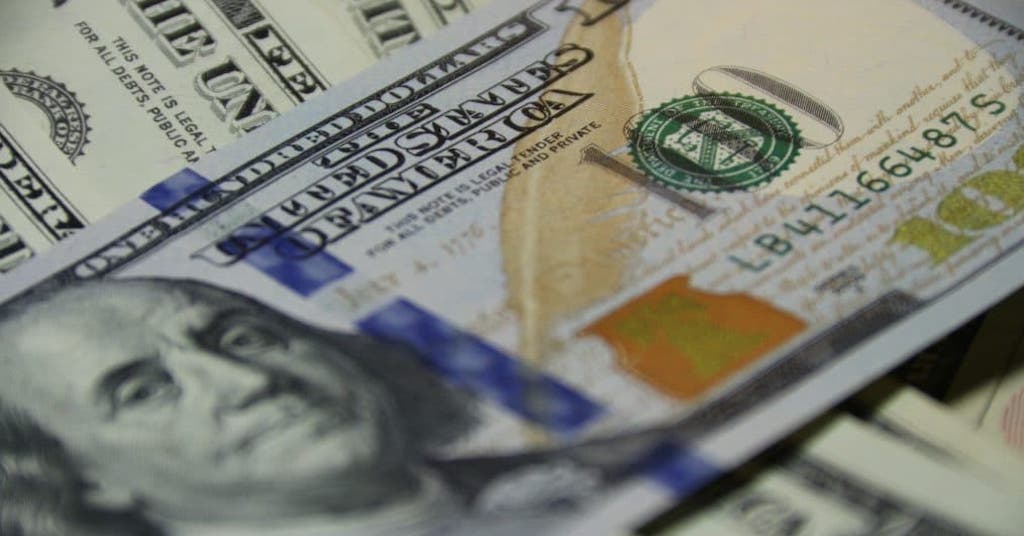James Mckeown from Domisa Treasury explains foreign exchange rates.
We’re all consumers and love a bargain (or a fair price at least)! But when it comes to foreign exchange rates, can you say for certain that you know what you’re being charged?
Are you paying too much to purchase foreign currency, or receiving too little for your sale of foreign currency? The fast flashing lights of various currencies being bought and sold may seem exciting, but are of little use unless you know how to interpret the information.
Currency Markets
Most countries have ‘floating’ currencies where supply and demand determine the price, we will deal with the mechanics of pricing for these currencies only.
What is the ‘Interbank Rate’?
Unlike stocks and shares, currencies are not bought and sold on an exchange but rather directly between large global banking institutions and central banks in the ‘Interbank Market’ via electronic interbank forex platforms. 10 To 15 institutions account for the majority of the Interbank Market’s approximate global volume of $5 trillion per day!
In short, the current ‘Interbank Rate’ for any currency pair is the average rate at which these institutions are currently transacting with each other, 24hrs a day, 5 days a week.
The ‘Mark-Up’
Interbank Rates are the rates displayed on the internet by Yahoo! Finance, Google Finance and everyone else. Transactions at those rates are simply not accessible to individuals and businesses.
No participant has control over these prices, what we (and other intermediaries) do have control over, is what is referred to as the “Mark-Up”. It is critical for you to understand how far away from the interbank rate your rate was at the exact time of execution.
The difference between your price and the interbank rate represents the total Mark-Up.
Breaking down the Mark-Up
Institutions (other than Central Banks) participating in the Interbank Market are, of course, in the business to make profit. They provide currency to their clients (who are also large corporates), typically one of whom is your bank, and they do so at a profit to themselves – they buy cheap and sell slightly more expensive.
In turn, your bank or intermediary provider will provide currency to you or your business at a price that includes a profit to themselves. Often they will also add on ‘transaction fees’, which whilst not being directly included in the Client Rate clearly makes the transaction more expensive to you, the client.
Its fair of course for participants in any given transaction to make a reasonable profit. The issue with the currency transfer or foreign exchange markets is the degree to which many participants deliberately keep the mechanics and pricing opaque in order to make unreasonable profits.
In short, the only way for the end client to deal with facts is to regard the total difference between the live Interbank Rate and the Client Rate as the total Mark-Up. If this is not fully disclosed to you by your provider then move your business to one that does immediately.
Navigating the toxic maze
Hint: Ignore the noise, request the total mark-up from interbank from providers, that is the only real comparison. Don’t forget to include the impact of additional fees and charges
No Fees or Commissions – the myth
If this is what is being offered then your provider’s profit margin is buried in the foreign exchange rate being offered to you. It’s all about the definition they use.
Using your regular bank for Currency Transfers & Foreign Exchange
Retail banks have a ‘captive’ client base of domestic currency account holders. For clients doing small, infrequent foreign currency transactions this may well be the best and most convenient option.
However, for clients doing frequent or single large transactions far superior foreign exchange pricing is available elsewhere. Take particular note of fees when dealing with your regular bank.
Bait & Switch pricing
You sign up with a new provider and your initial transactions are competitive in terms of pricing. Gradually, however, as time goes by your pricing gets less and less competitive.
Your provider’s website shows either the Interbank Rate or a ‘teaser’ rate which is not what you actually get with them. At least misleading, possibly dishonest. Neither good.
Banks and intermediaries incentivize their ‘dealers’ to maximize profits. Ensure you have a pre-agreed tiered pricing structure to mitigate this.
Domisa Treasury – how we operate
Domisa Treasury brings competitive, straightforward pricing to the foreign exchange and international money transfer industry in South Africa. No hidden fees or complicated pricing structures. Our pricing is tier based on the rand size of the transaction.
What you see is what you get. Our live online calculator shows:
- Interbank Rate
- Client Rate – the rate you get
- Proceeds – the exact amount that you will get
- Fees – Fees are waived (Domisa pays them) for all transaction over R50,000, we charge R250 fee for smaller transactions
The Mark-Up (difference between client rate and Interbank Rate) includes our provider’s profit, our own profit as well as transaction costs.
Our model – how and why do we do it?
We have negotiated wholesale pricing with our providers, based on the total volume of all our clients.
Depending on the Rand (ZAR) size of the transaction we apply the relevant tiered % markup from the Interbank Rate and that is our client’s price – its mathematical, clean, consistent and transparent. Most importantly FULLY DISCLOSED to every client on every transaction.
Domisa’s success is based on providing unrivalled pricing, products and service to our clients over the long term. If you are receiving anything less please contact us here.
Related articles:

